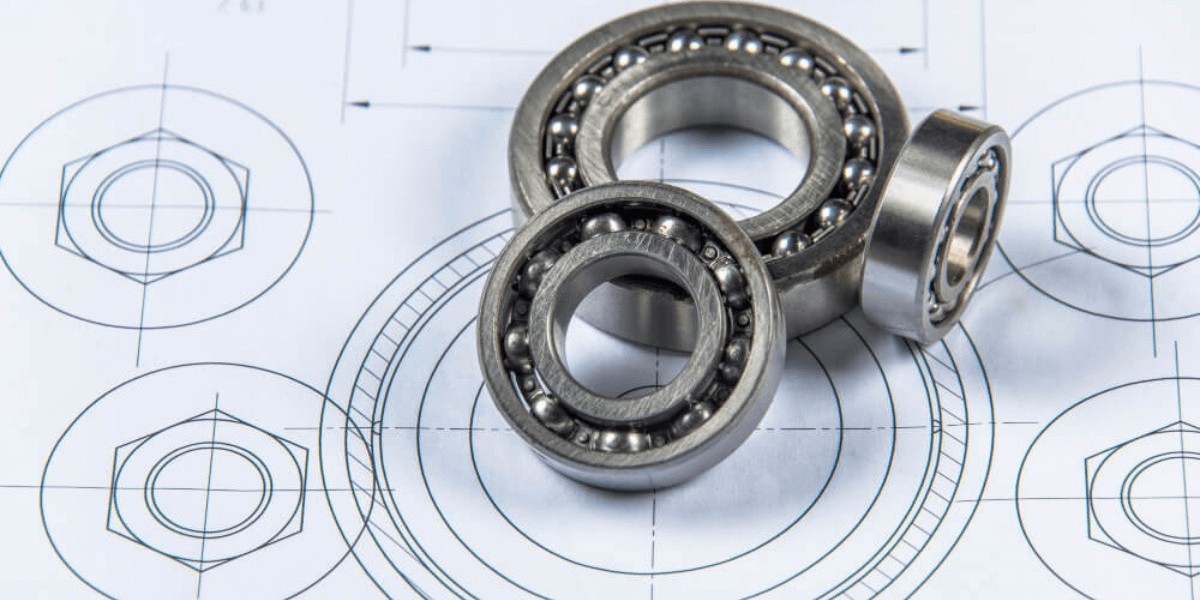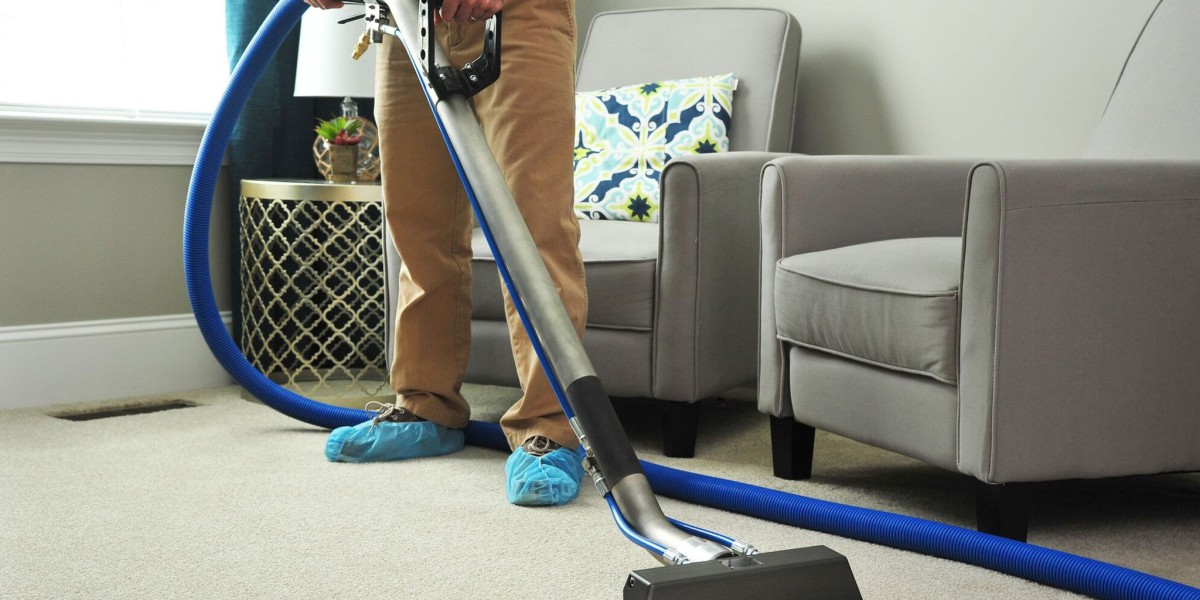High-precision machinery—whether robotic arms, CNC rotary tables, semiconductor equipment, or medical imaging systems—depends on smooth, stable, and accurate rotation. But when bearings fail, accuracy drops instantly. That’s why engineers increasingly turn to cross roller bearing technology for superior rigidity, higher load capacity, and precise motion control.
Cross roller bearings are uniquely designed to handle radial, axial, and moment loads simultaneously, making them essential for modern automation, precision equipment, and high-accuracy industrial applications. But choosing the wrong supplier or low-grade bearings leads to premature wear, vibration issues, misalignment, and costly downtime. This article explains how cross roller bearings work, the most common pain points industries face, and why selecting the right manufacturer is crucial for long-term performance.
The Pain Point: Accuracy Loss, Vibration, and Load Failure
1. Precision Equipment Cannot Tolerate Micro-Errors
In robotics, CNC indexing tables, and optical equipment, even the smallest deviation affects:
Positioning accuracy
Smooth movement
Repeatability
Overall efficiency
A substandard cross roller bearing often introduces rotational error, causing unwanted vibration and decreasing machine precision.
2. Bearings That Fail Under Combined Loads
Unlike traditional bearings, precision machines face multi-directional stress. Low-quality bearings struggle with:
Axial loads
Radial loads
Moment loads
Shock loads
This leads to early fatigue, roller deformation, and internal component damage.
3. Increased Vibration and Noise
Poor internal geometry or uneven roller spacing increases vibration—an immediate red flag in industries where stability is critical. High noise levels indicate excessive friction and reduced lubrication retention.
Why Cross Roller Bearings Are the Preferred Choice in Modern Industry
Cross roller bearings offer a design advantage: cylindrical rollers arranged at 90° alternating angles. This unique configuration delivers several performance benefits:
1. Ultra-High Rigidity
The crisscrossed design ensures superior rigidity compared to ball bearings or standard roller bearings. This allows machines to:
Maintain precise alignment
Withstand high moment loads
Operate with minimal deflection
Ideal for robotic joints and precision rotary mechanisms.
2. Multi-Directional Load Handling
Cross roller bearings can support:
Axial loads
Radial loads
Overturning moments
This makes them perfect for compact structures requiring heavy stability without additional support bearings.
3. Smooth Rotation With Minimal Friction
Thanks to uniform roller spacing and optimized raceway surfaces, cross roller bearings deliver:
Low friction torque
Smooth and silent motion
Superior rotational accuracy
These features make them essential for semiconductor tools, measurement machines, and medical scanners.
4. Space-Saving Design
Cross roller bearings replace multiple bearing types with a single compact unit—saving weight, reducing complexity, and improving machine design flexibility.
Industry Applications: Where Cross Roller Bearings Deliver Maximum Value
Robotics & Automation
Robots require stable and accurate rotation for joints, wrists, and positioning systems. Cross roller bearings eliminate backlash and resist deformation under load.
CNC Machine Tools
Rotary tables, indexing heads, and spindles depend on high rigidity and smooth motion to maintain machining accuracy.
Medical and Imaging Equipment
Devices like CT scanners, X-ray tables, and surgical robots depend on precise, vibration-free motion.
Semiconductor and Optic Equipment
Inspection instruments and wafer-handling systems require micro-precision with zero rotational play.
Aerospace & Defense
Radar platforms, satellite positioning systems, and advanced targeting equipment utilize cross roller bearing stability and strength.
Common Reasons Cross Roller Bearings Fail
Understanding these failure causes helps industries choose better suppliers:
Poor lubrication retention
Incorrect preload
Low-quality materials
Uneven roller surfaces
Insufficient heat treatment
Internal contamination
Misalignment during assembly
Most of these issues originate from substandard manufacturing and insufficient inspection processes.
Why Yuwei Is a Trusted Name for High-Quality Cross Roller Bearings
A reliable bearing supplier ensures consistent quality, high tolerance control, and durable performance. Yuwei provides:
Precision-ground raceways for error-free rotation
High rigidity and smooth torque output
Premium-grade roller materials
Enhanced heat treatment for long fatigue life
Low-friction designs for silent operation
Reliable sealing systems to prevent contamination
Industries requiring accuracy, stability, and long-life performance choose Yuwei for its strict quality control and engineering capability.
Signs You Need to Replace Your Current Cross Roller Bearing
If your machine shows any of the following, a bearing upgrade is overdue:
Increased vibration or rotational noise
Inconsistent positioning accuracy
Shaft misalignment
Heat buildup
Reduced repeatability
Visible scoring or pitting on raceway surfaces
Frequent recalibration of equipment
Replacing the bearing early prevents costlier machine damage.
Conclusion
In industries where precision is everything, the wrong bearing choice leads to misalignment, vibration, and accuracy decline. The correct cross roller bearing protects machine performance, extends service life, and keeps your operations running at peak efficiency.
If you’re ready to upgrade your equipment reliability, explore solutions from a trusted cross roller bearing supplier. For OEM customization, bulk orders, or technical support, visit the website and discover how premium cross roller bearing technology can optimize your production systems.








